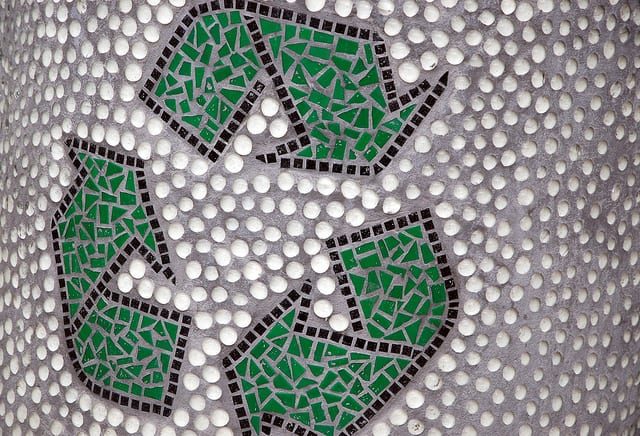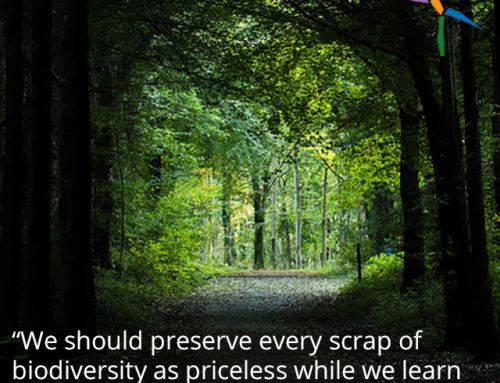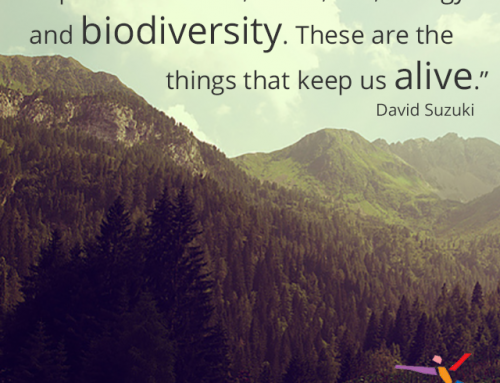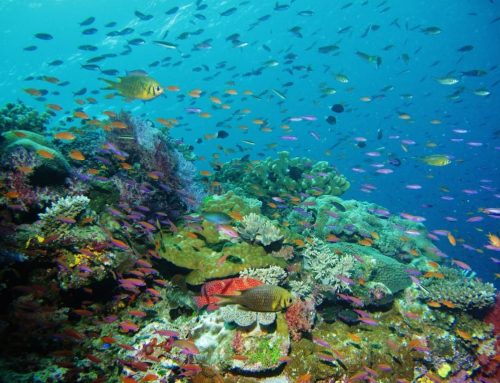We talk a lot about recycling at Postconsumers because moving towards a society of reuse instead of “more, more, more” isn’t just mentally healthy, it’s essential to the planet. In fact, we have entire section of the site dedicated to Recycling and Trash. But all is not always as it seems when it comes to recycling programs. We want you to recycle. We really, really, really do. But we also want you to understand the realities of the current state of recycling in America. And that’s why we’re publishing this article.
First, You Need to Understand What Single-Stream Recycling Is
No, it’s not the name of a company that recycles items and has a burbling brook outside of its office windows. Single-stream recycling is what’s ultimately led to many Americans sending more of their trash into the recycling bin instead of, well, the trash. If you are “of a certain age” then you may remember that when community-managed recycling first came to America, you were given separate bins for plastic, paper and aluminum and each family sorted for themselves. Single-stream recycling removed that barrier from the process. People could just dump all of their recycling into one bag and it was sorted at the recycling facility. The numbers don’t lie – in most places the amount of items sent to recycling increased. But did that actually lead to more recycling?
Not Really.
Here’s the problem. We promise we’re not judging, but most people are pretty lazy. When they no longer had to do the work of sorting (and in many cases rinsing or cleaning) upfront, people just started throwing the kitchen sink (in some cases literally) into the recycling bin. That means that while the overall volume of pounds being sent to a recycling facility has gone up, the amount of materials being recycled is actually pretty flat. There are plenty of references for this out there, but we’re taking our numbers from this article. There’s a drop off at every point in the process. When the recycling hits the initial recycling center, there’s an initial drop off of ten percent. This ten percent drop off happens between a human crew picking obviously non-recyclable items off of the conveyor belt and an automated system that uses factors like size and weight to “smart remove” items.
It would actually be pretty inspiring if there was only a ten percent delta between what people send to the recycling facility and what actually gets recycled, but that ten percent is only the first drop off. Once the bales of plastic, paper or aluminum get sent to an actual recycling processing plant, there’s another drop off from “contamination.” Contamination basically means that the items you put into your recycling container were too dirty with food waste or other materials to actually be recycled. And that drop off is another twenty-five percent from the ninety-percent that remained after the initial sort. So in the end, less than three-fourths of what you’re sending to recycling is actually getting recycled.
So Whose Problem Is This And What Do We Do?
We’ll take the stance that this is a problem and a fixable situation for both the county or city agencies responsible for recycling programs as well as local individuals.
For County and City Recycling Agencies: You guys were on the right track! You’re right that the easier the barrier of entry to getting people to participate in recycling is, the better. But how many of the dirty or contaminated items that come through the line could be avoided with just a little bit more educational outreach and inspiration (and hopefully funding) on your end? We’re willing to say that it would be a significant amount. Just get the word out to people that a simple task of rinsing out a can might be the difference between recycling it and adding even more waste to landfills. We don’t like fear tactic marketing, but a nice picture of how big a landfill is and some info on how aluminum cans contaminate water supplies might help here!
For Individuals: Just don’t be lazy! Many of you already know these facts. For items to be recycled, they need to be clean. They also need to be from a list of items that can actually be recycled. Hard plastic caps? You can’t send those to your local recycling facility (though you can send them here). Plastic bags? Those are going to get pulled off of a recycling line and sent to a landfill, but many grocery chains have plastic bag recycling bins at their stores. (Also, consider reusable bags!) You likely know what can and can’t be recycled. You weren’t born yesterday. We’re all busy. The time it takes to put a mild amount of thought into your recycling practices can make a huge difference for future generations.
Do we sound preachy? We certainly don’t mean to. However, recycling efforts in America have to advance, particularly in the face of a culture of “buy more, more, more.” If what it takes to get there is a touch of education and a slightly bigger effort on our own parts, then so be it. We don’t care which number gets bigger – the number of pounds being sent to recycling (assuming the same ratio of what actually gets recycled) or the percentage of recyclable material per load. We just know that we want that number to be as close to one hundred percent as it can be, and there’s plenty of room for improvement!
Did we miss a myth or fact about recycling programs and their effectiveness? Tell us about it on the social media channels below.
Facebook | Twitter | Instagram | Tumblr | Pinterest | Google+ | Medium
Photo Credit: Steve Snodgrass via Flickr





